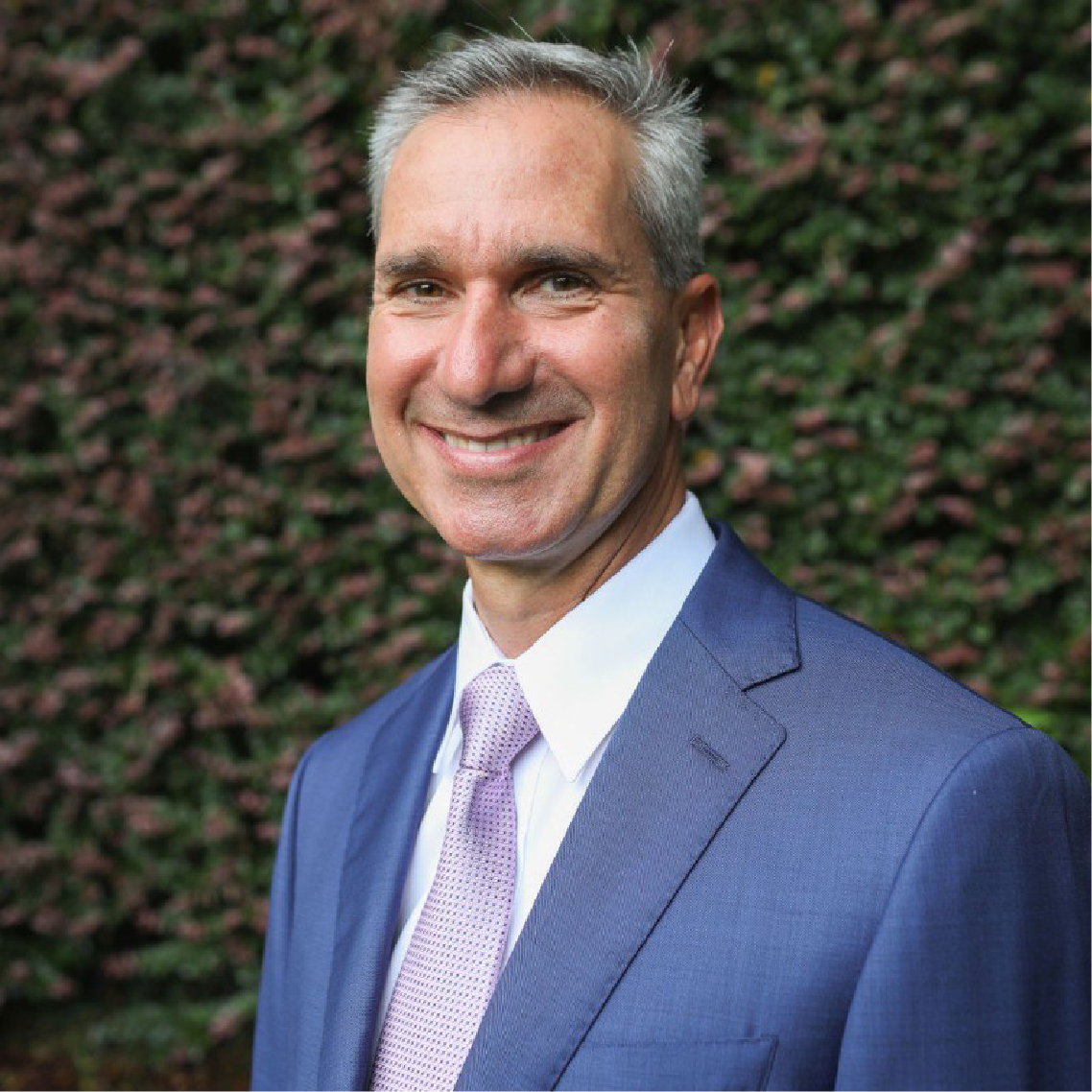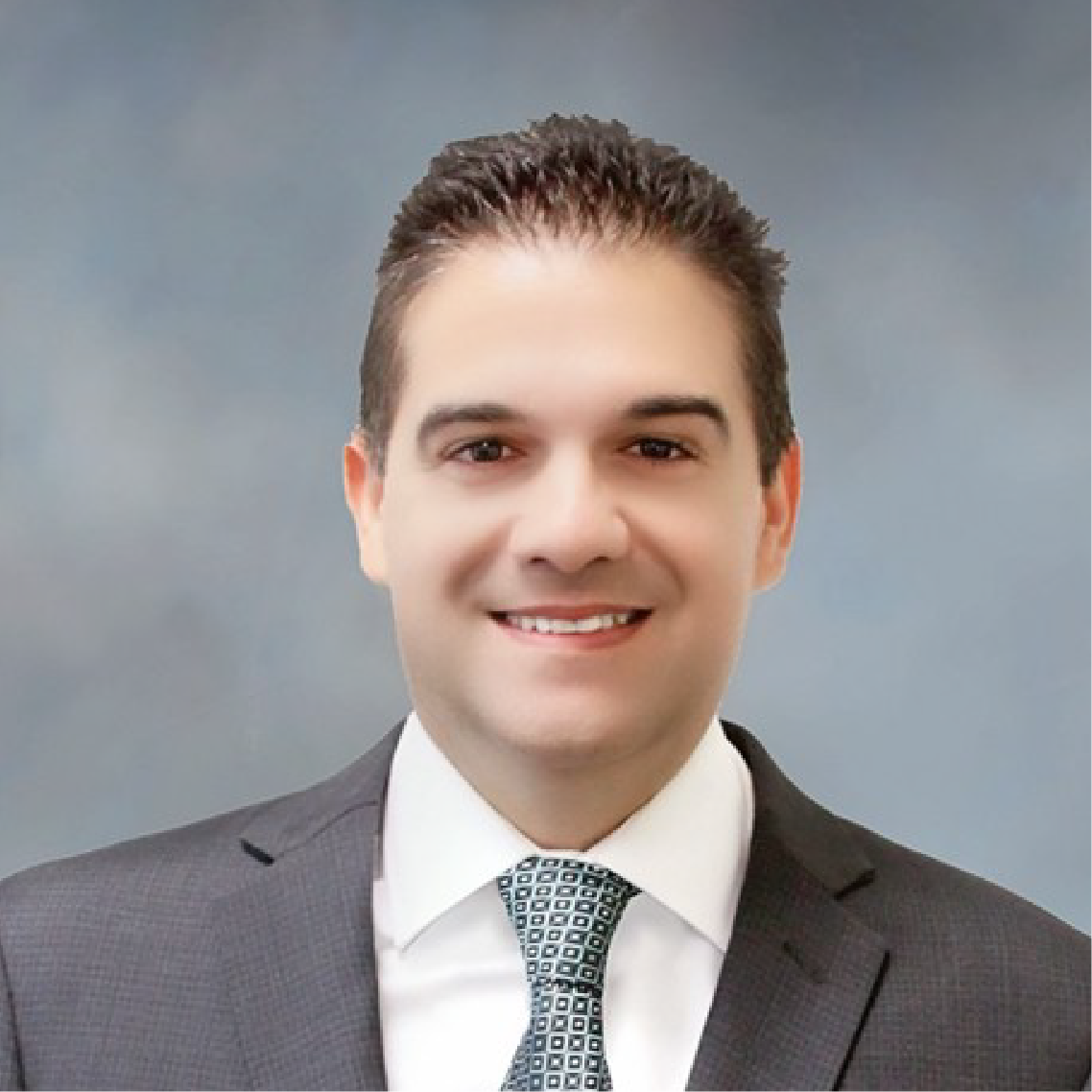
Andy Foweather
Former Commercial Director
StayinFront Retail Data Insight
With 32 years’ experience, Andy Foweather is a former Commercial Director for StayinFront Retail Data Insight. Andy is an accomplished sales leader with expertise in delivering profitable sales growth through developing winning strategies and organizations.
Andy has operated at the Board Director level for over eleven years, leading substantive change in the UK and across European markets. He has been successful at influencing and driving alignment in matrix organizations and leading cross functional projects.

You’ve been in the consumer goods industry as a supplier for your entire career. What’s the biggest change you’ve seen during that time?


If I reflect across the last ten years, I believe the largest change I have observed is the shift in consumers’ shopping behaviour. These changes appear to be accelerating over time, with the emergence of grocery internet shopping and a substantive increase in the frequency of shoppers visiting grocery retailers. The latter trend ultimately leading to an increase in the proportion of consumers spend being made in convenience stores. Both mega trends have adversely impacted the once all conquering big box retail model. Unfortunately, for the major bricks and mortar players, grocery internet shopping is margin dilutive versus their core business, and the cost of serve of convenience stores means this model is less attractive. This has forced the major players in retail to amend their strategies and to apply pressure upstream to their suppliers.

What types of changes in brand owner strategy have been the most effective in your experience?


Changes in brand owner’s strategy are predicated by either structural changes in the market or by underperformance versus the overall category. In my experience, new strategies which are single minded in their focus and are fully supported by all the key stakeholders in the business drive consistently superior business performance. These are developed through unlocking new insights on a brand and collaboratively developing Sales and Marketing plans which are harmoniously executing the strategy across all touchpoints with the shopper/consumer.

Has the UK trading environment changed much with the emergence of Hard Discounters like Lidl and Aldi?


European hard discounters have managed to engage consumers with their low prices and limited assortments, which are compelling retailers to review their pricing strategy and build on their differentiation. These pressures have created a low-growth market environment in the traditional heartland of branded FMCG suppliers. It is strengthening the need for suppliers to invest in innovation and improving retail execution, as they are imperative to drive growth.

What should brand owners do in terms of commercial strategy faced with the challenges of these hard discounters? Do you see any examples of Best Practice out there?


The success of the hard discounters has been well documented with their focus on limited assortments and providing their shoppers with value. Brand owners need to develop a commercial strategy to respond to this growth, which will depend on the strength of their brand and the size of the category they operate in. For the larger brands, it is important to ensure that they are represented in discounters with differentiated pack sizes of their highest velocity SKUs, to ensure they are still able to reach all market consumers. The commercial strategy for the hypermarket/supermarket channel needs to evolve with a heightened focus on leveraging the strengths of this channel through range choice and supporting retail partners with exciting promotional events. At the same time, the on-shelf availability issues need to be addressed by collaborating with retail partners to reduce out-of-stocks which is a major driver of change in shopper store selection.

During your career, you’ve held just about every role from Sales Rep to Regional Sales Director within the FMCG industry. Can you talk about one of the biggest challenges you have faced and how did you overcome it?


The low-growth environment we have been operating in for the last five years created the conditions for one of the biggest challenges I have experienced. This has necessitated all FMCG suppliers to focus on efficiency and to strive to do more with less. One of the largest investment buckets in the P&L is trade spend, and like many suppliers in the industry, we had experienced an escalating cost of doing business. We identified that our existing legacy systems for managing trade spend were not providing the management reporting required and any post promotional analysis was undertaken manually. It was recommended that a new trade management optimisation tool (TPM/TPO) was purchased, and I was tasked with implementing the solution across the region. The software solution chosen had the capability to manage trade spend and importantly to measure the ROI of each specific promotional event. We implemented the new decision support tool across six pilot markets, with a mixture of different route to market models and retail market structures.

Implementing change is always tough in a large multi-national corporation. What has been your experience with this?


We certainly did encounter resistance to change during the execution of the TPM tool implementation. This required a change management program focused on engaging the sales teams and collaboratively designing the new processes with the pilot markets.
Ultimately, the new tool provided significant improvements in reporting and a standardised suite of KPIs. It also enabled the markets to identify poor ROI promotions and ensure that these types of activities were not repeated going forward. These benefits meant that we were able to drive through the initial resistance as the teams saw how it could improve their business performance.

Many major corporations have introduced TPM (Trade Promotion Management) software. What are the implications for the way brand owners build and adapt their commercial trading terms with retailers?


Trade Promotion Management (TPM) software can be configured to work effectively in different markets. However, part of the opportunity to adopting TPM tools, is to increase the degree of standardisation of process and go to market strategies being deployed. The insights on trade spend efficiency and underperforming promotions from TPM tools enables brand owners to optimise their promotional strategies to minimise the low return on investment activities. Once sufficient historical data exists, it is worth undertaking route cause analysis on the drivers of low ROI promotions. This may identify that the current trading investment strategy could be adapted to strengthen the reward for performance and eliminate some of the causes of low ROI promotions. Any change to the trading terms strategy needs to be carefully planned and executed to mitigate against disruption with retail partners.

Looking ahead, what do you see as some of the key technology disruptors and challenges?


We live in an exciting period, there’s a lot of transformational technology being developed, particularly in artificial intelligence (AI) and machine learning. These advances have significant applications in the field of big data analytics to provide granular insights on purchasing behavior. Sources of data, including consumer metrics from various research and lifestyle studies and sales-out data, are often interrogated separately. But, how do we bring these together into one big data set that can be analysed in real time to drive better decisions as an organization? I think the answer is technology which helps us harness that big data. It could be quite disruptive and exciting to do at the same time.
The other area I believe is up-and-coming and has potentially scarey implications, is AI. Leveraging AI to generate predictive analytics will drive significant change in the market place in the CPG industry. For example, companies will be able to predict a shift in consumer purchasing behavior in a particular category, not just for manufacturers, but also for retail partners as well. It’s going to be a big opportunity for everyone, with the ability to anticipate trends and meet consumer needs evermore closely, assuming we can manage the technology.
Thank you Andy for taking the time to share your thoughts with us today.
As the CEO of StayinFront, Tom Buckley is the driving force behind the company’s vision and growth and has built a team of top-flight managers and strategic alliances with key industry partners. With a vision of leveraging technology to solve business problems, Tom founded StayinFront in 2000. He has grown the company into a leading global provider of SaaS-based mobile field solutions in the life sciences and consumer goods industries with successful deployments in over 50 countries across six continents.


Thomas Buckley
Chief Executive Officer
StayinFront
RECENT INTERVIEWS

Howard Pressman
Senior Director Sales Technology – Former Bimbo Bakeries USA, Elsevier, and Radial Inc.

Francesc Teixidó Sanjuan
Sales Force Automation Product Manager – Europe Commercial Digital – PepsiCo


Subscribe To News & Updates
Quick Contact






